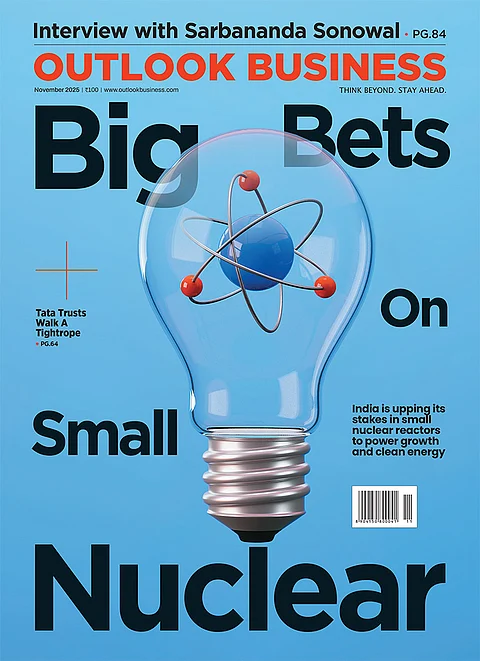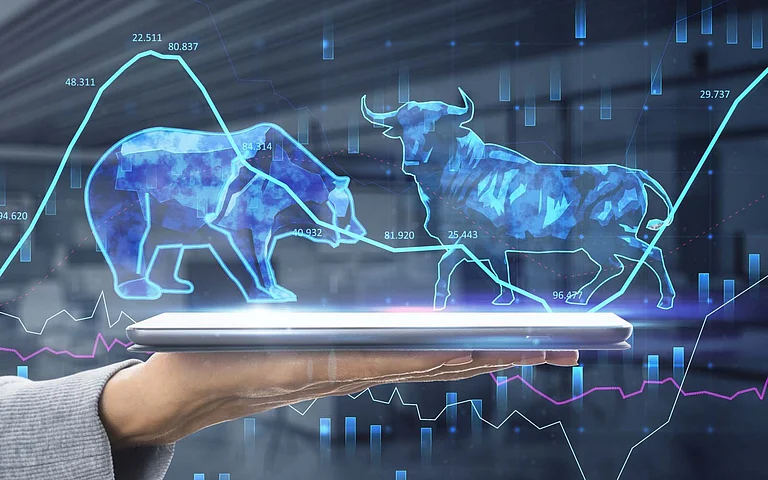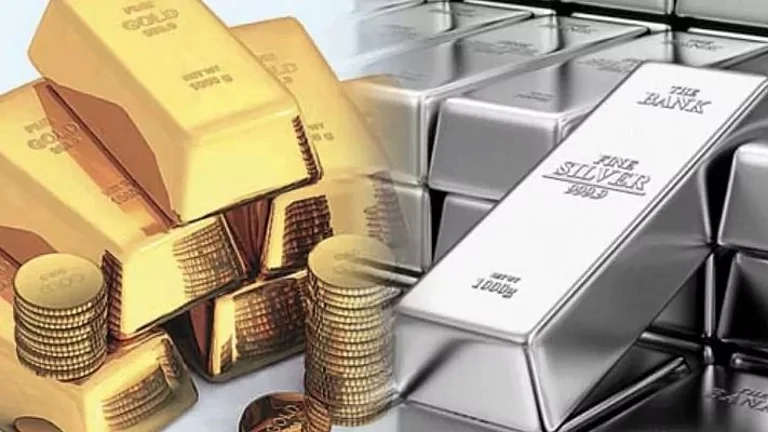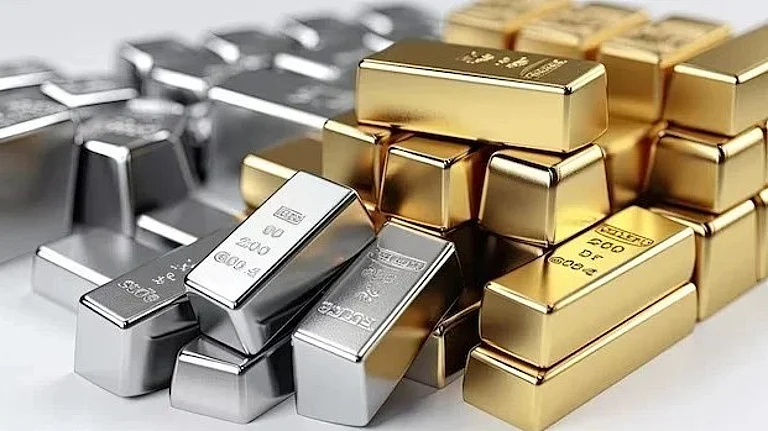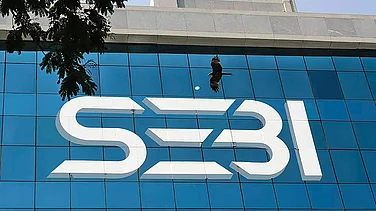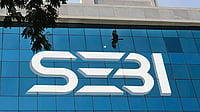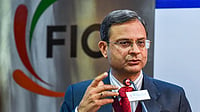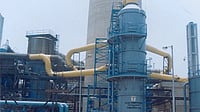
Silver surged 19.4% in September, outperforming gold’s 13% rise, driven by strong industrial demand and tightening supply.
Prices rose from ₹1,26,000/kg to ₹1,50,500/kg, marking one of the steepest monthly gains in recent years.
Gold prices increased from ₹1,05,670/10g to ₹1,20,000/10g over the same period.
Industrial demand, particularly from solar panels, electronics, EVs, and technology sectors, accounts for 60–70% of silver consumption.
Persistent supply deficits for seven years have added upward pressure on silver prices.
Silver has outpaced gold with a 19.4% surge in September against a 13% rise in the yellow metal price, driven by robust industrial demand, especially from solar and technology sectors, and tightening global supply.
Silver prices climbed ₹24,500 from ₹1,26,000 per kilogram on September 1 to ₹1,50,500 per kg on September 30, marking one of the steepest monthly gains in recent years.
On Friday, the white metal settled at ₹1,50,000 per kilogram in the national capital, before scaling its record-high levels of ₹1,50,500 per kilogram on Tuesday.
In contrast, gold prices have risen by ₹14,330 per 10 grams, or 13.56%, in September. It rallied from ₹1,05,670 per 10 grams on September 1 to ₹1,20,000 per 10 grams on September 30.
The yellow metal prices of 99.9% and 99.5% purity closed at ₹1,20,600 and ₹1,20,000 per 10 grams, respectively, on Friday.
Commodities market experts said, "The dual role of silver as both an industrial metal and a store of value has amplified its gains over gold during the month".
"Silver combines monetary properties with industrial demand. Industrial consumption is in the range of 60-70% of the demand.
"The market has been in supply deficit for seven consecutive years, and solar panel applications alone required 232 million ounces in 2024. Demand is notably in electronics, solar panels, and electric vehicles," said NS Ramaswamy, Head of Commodity Desk & CRM at Ventura.
Ramaswamy noted the imbalance is contributing to the upward price pressure as there has been a persistent supply deficit for several years.
"Silver fundamentally got a boost from gold’s rally, and it has mirrored this ferocity with its dual nature," he said.
Motilal Oswal Financial Services said the industrial demand has emerged as a critical growth driver for silver, accounting for overall consumption next year amid expansion in solar capacity, electric mobility, and 5G rollouts.
On the global front, spot gold went up to USD 3,871.81 per ounce. The yellow metal had climbed to hit a record high of USD 3,896.74 per ounce on Thursday.
Spot silver rose nearly 2% to trade near its record high at USD 47.75 per ounce. On Thursday, the white metal had hit a lifetime high of USD 48.05 per ounce.
"Silver's surge beyond USD 47 per ounce, its highest level in fifteen years, reflected a convergence of structural ownership, institutional flows, and resilient industrial demand that has tightened the market far beyond its traditional base," said Riya Singh, Research Analyst, Commodities and Currency, Emkay Global Financial Services.
According to Commodities market experts, silver had last hit a record high of USD 49.95 per ounce on January 17, 1980, with current prices now approaching those historic highs.
"Silver's rally has also been fuelled by the ongoing US government shutdown, which revived safe-haven demand, alongside a weak dollar, robust central bank purchases, and softer economic data that strengthened expectations of additional Fed rate cuts later this year," an expert said.
Meanwhile, Swiss multinational bank UBS has raised its silver price forecasts, flagging strong interest from investor demand, macroeconomic uncertainty, and persistent fiscal and geopolitical pressures.
The bank said silver forecasts were lifted to USD 52 and USD 55 per ounce by mid-2026, compared with previous targets of USD 44 and USD 47 per ounce.






